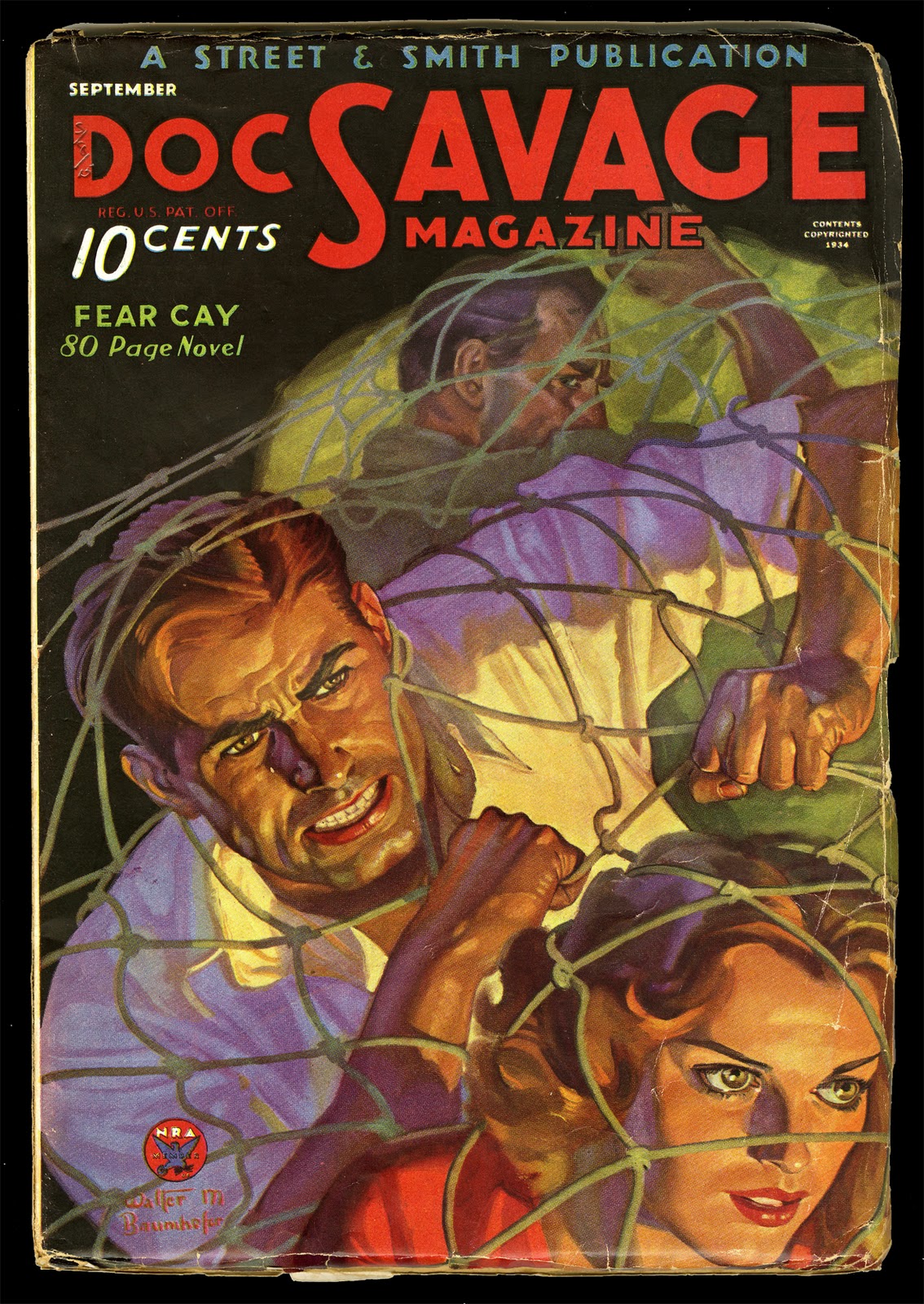In an era where the term “woke” has been weaponized, I think it’s important to explain what I’m doing with the Doc Vandal series and why I’m doing it.
Doc Vandal’s team is deliberately more diverse than Doc Savage’s was, and not just because it has talking gorillas. In the 1930’s pulps almost everyone was a straight white male except for the obligatory love interest, and possibly the exotic servant. While that worked eighty years ago, it doesn’t work so well now. Today’s audiences are more diverse, as well as more aware; and while you may not be able to fit everyone into a short novel, that doesn’t mean you have to leave everyone except the white guys out.
One of the biggest problems with the old-school approach for me is verisimilitude: the world isn’t all-white so how can my books be? Sure, people can argue that putting non-white and LGBTQ+ characters front and center in a book set in the thirties is unrealistic, but hello? I already have talking gorillas and French-speaking velociraptors. Strict historical realism is not a major concern.
Vic and Ming are lesbian; Ming is Chinese; Gilly is African-American. Doc is pretty much asexual. Gus and Kehla are straight. Not all of these choices were deliberate and conscious on my side. Vic’s sexuality grew out of the first decision I ever made about her; namely that I wouldn’t simply reduce her to Doc’s love interest and hanger-on. Ming’s grew out of questioning why she was reacting the way to Vic that she was. Neither character was introduced to showcase her sexuality. It just happened.
That is actually the whole point. I didn’t include diversity to score points; I included diversity because that’s what worked for the story.


